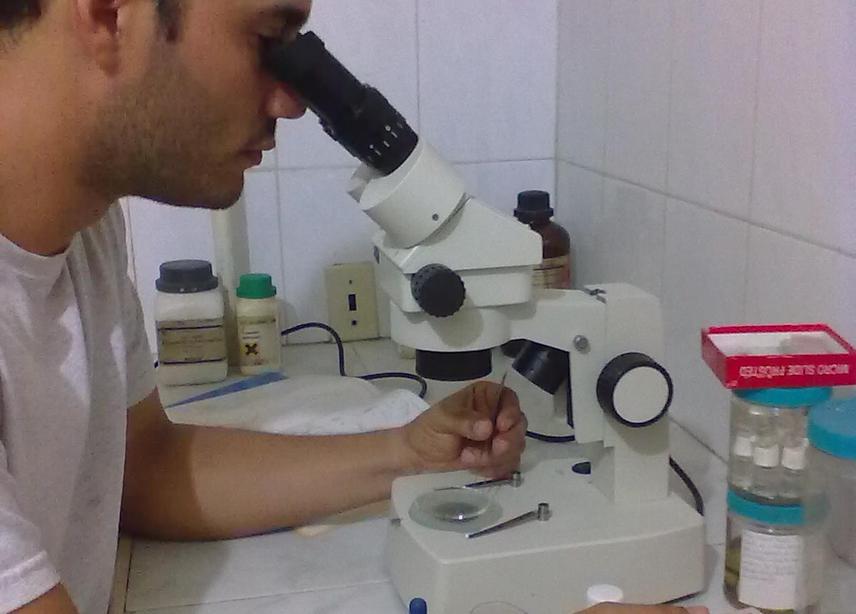Orestes C. Bello González
Establish priorities and conservation measures appropriate to the different wetland types identified, achieving the best compromise between tourism development and protection of the integrity of critical wetland ecosystems.
The karst landscape of Sabinal Key includes shallow lakes surrounded by a variety of vegetation types. Differences among lakes in depth, magnitude of fluctuations in water level and salinity, input of allochthonous organic matter and morphometry create a heterogeneous wetlands mosaic that supports a diverse biota key-wide.

During preliminary surveys we have encountered two fishes and one reptile endemic as well as a wide variety of other terrestrial vertebrates, macroinvertebrates, vascular plants, macroalgae and overwintering migratory ducks. Only lightly disturbed by past human occupants, the island faces intensive development for tourism centred on its excellent beaches. Despite their potential biodiversity values, ecological importance and potential value as landscape elements from the viewpoints of both ecosystem integrity and tourism, at present neither the lakes nor their resident species are considered in environmental impact assessments, monitoring protocols or management plans.
We intend that our project will contribute to conservation at ecosystem and landscape scales of the interior wetlands of Sabinal Key, bringing these fragile wetlands to the forefront of decision-making regarding the key´s tourist development. We will substantially increase the knowledge base on the biodiversity of the biota that inhabits or otherwise uses the lakes, and establish the relationships between the diversity and composition of key animal groups (aquatic macroinvertebrates in particular) and physical/vegetation characteristics of lakes.
From these relationships we will develop a lake typology that permits rapid classification of wetlands in the field based on data taken quickly and objectively, a classification that indicates biodiversity values as well as some of the specific taxa to be expected. Based on observed biodiversity values, abundance and geographic distribution of lakes of a given class and the potential intensity of tourism development, we will propose a scale of conservation priorities across all lakes and management measures to be taken for each class of lakes in turn, depending on the particularities and robustness of that class. We will develop maps showing the distribution of lakes according to the typology we have developed and indicate the regions with lakes having high conservation priority.
All work will be coordinated with agencies charged with the tourism development of Sabinal Key, and all results will be immediately shared with those agencies. Results will also be presented in workshops dealing with Cuba´s protected areas. We hope that our work will serve as the basis for similar efforts in other large keys off the northern coast of Cuba.